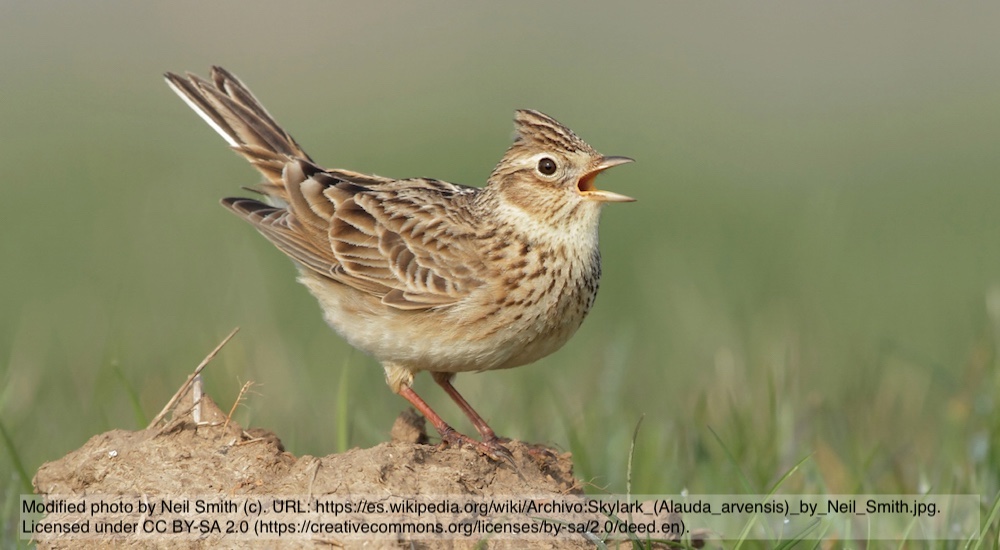Are large fields of autumn wheat at Kvismaren, central Sweden, used as nesting and food search habitats by Skylarks Alauda arvensis?
DOI:
https://doi.org/10.34080/os.v27.19556Abstract
The skylark Alauda arvensis population has declined in Sweden. The breeding in silage fields fails and the success in autumn crops is disputed. Therefore, I decided to study the skylark utilisation of autumn crop fields in Kvismaren, central Sweden. The largest accessible field was selected (40 ha) to get as tough conditions as possible for foraging. I could conclude that the nests were evenly placed, the youngsters developed normally and the occupancy was about 80 pairs or territories per km2. The skylarks searched for food as much inside as outside the large breeding field. The flight distances were on average 204 m and up to 550 m. The conclusion was that autumn crops are probably as good as spring crops regarding breeding habitat; potentially even better as the offspring fledged at least 1‒2 weeks earlier. One potential positive factor for the breeding was the occurrence of unsown tractor tracks (tramlines, 2.5% of the area) which were frequently utilised by the skylarks. Such tracks are commonly created nowadays in Sweden and may replace otherwise desired skylark plots.
Downloads

Downloads
Published
How to Cite
Issue
Section
License
The copyright of each contribution belongs to the author(s), but all contributions are published under a Creative Commons license, so that anyone is free to share and reuse the contribution as long as the copyright holder is attributed.







